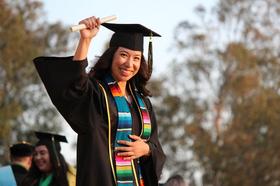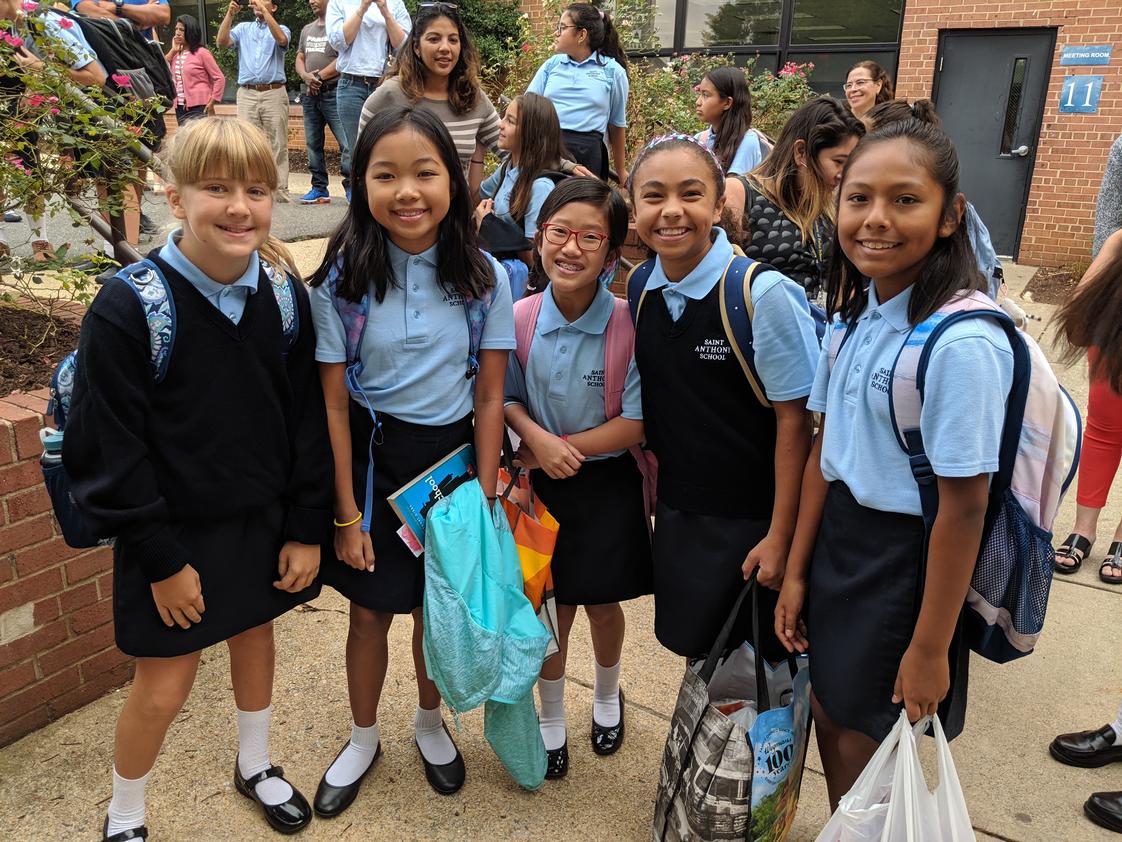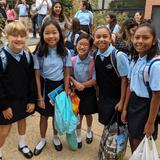For the 2025-26 school year, there are 3 private preschools serving 311 students in 22041, VA.
The top ranked private preschools in 22041, VA include Crossroads Child Development Center and St. Anthony of Padua School.
The average acceptance rate is 95%, which is higher than the Virginia private preschool average acceptance rate of 79%.
Top Ranked 22041 Virginia Private Preschools (2025-26)
School
Location
Quick Facts
Crossroads Child Development Center
Daycare / Preschool (Baptist)
5811 Hoffmans Lane
Falls Church, VA 22041
(703) 845-0021
Falls Church, VA 22041
(703) 845-0021
Gr: PK-K | 12 students Avg. class size: 5 students Tuition listed
3301 Glen Carlyn Rd
Falls Church, VA 22041
(703) 820-7450
Falls Church, VA 22041
(703) 820-7450
Gr: PK-8 | 249 students Avg. class size: 25 students Sports: 6 | Extracurrculars: 13 Tuition & acceptance rate listed
St. Paul Episcopal Pre-school & Kindergarten
Daycare / Preschool (Episcopal)
3439 Payne Street
Falls Church, VA 22041
(703) 820-1134
Falls Church, VA 22041
(703) 820-1134
Gr: NS-K | 50 students Avg. class size: 7 students Tuition listed
Frequently Asked Questions
What are the top ranked private preschools in 22041, VA?
The top ranked private preschools in 22041, VA include Crossroads Child Development Center and St. Anthony of Padua School.
How many private preschools are located in 22041?
3 private preschools are located in 22041.
Recent Articles

Student Success Predictors at Community Colleges
A practical guide to student success predictors at community colleges for private school advisors helping graduates navigate two-year pathways.

Career Pathways with Community College for Private School Grads
Explore top career pathways with community college for private school graduates, including high-demand jobs, transfer options, and 2025 workforce trends.

Navigating the FAFSA & Financial Aid Timeline for Community College
Learn how to navigate FAFSA and financial aid timelines when starting at community college — from application to disbursement in 2025.




